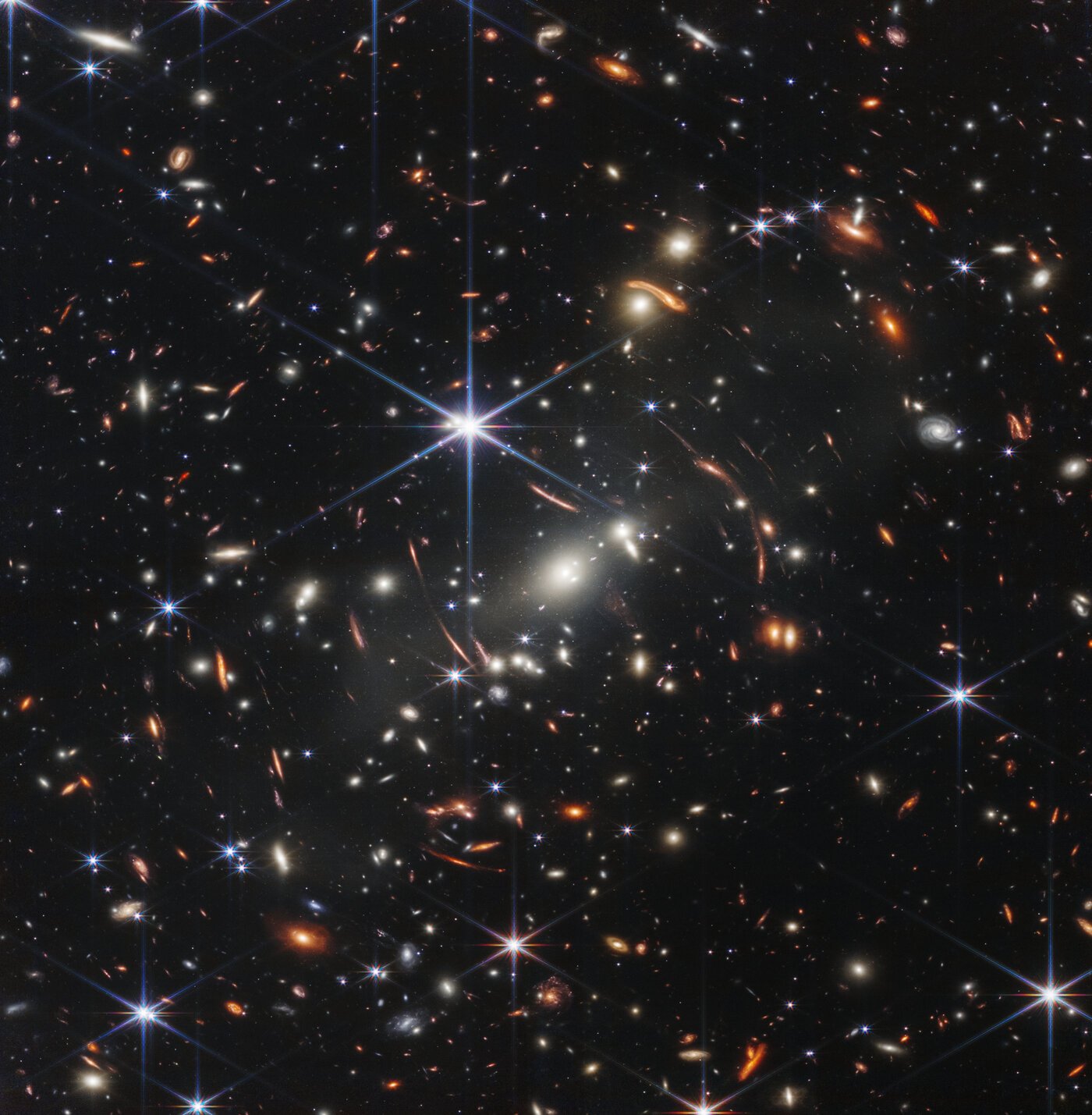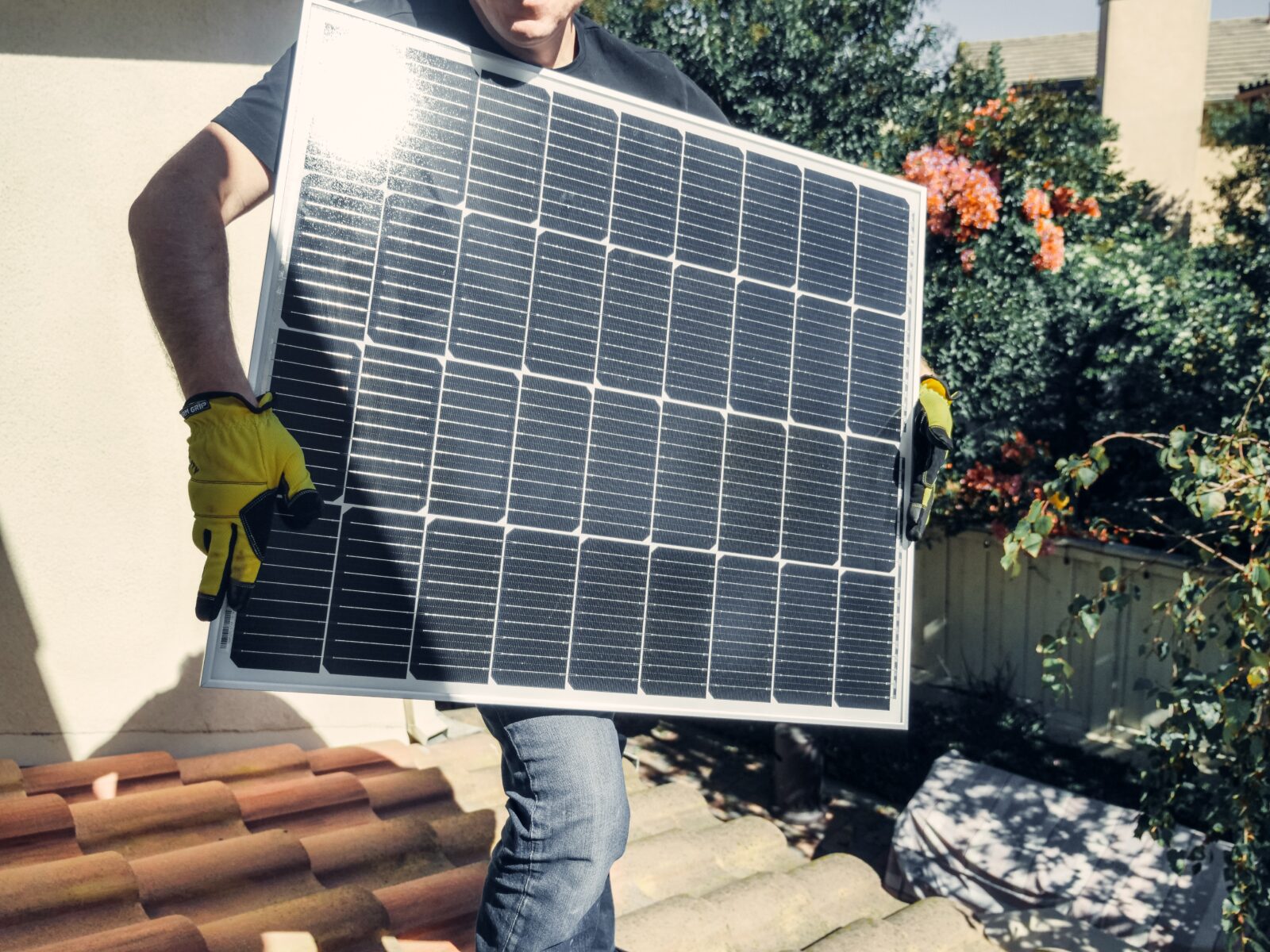The brain and spinal cord have limited regenerative capacity. After the initial injury caused by stroke or mechanical damage, scar tissue that fills the gaps causes secondary tissue damage that is difficult to deal with. Of course, the history of medicine knows cases of “impossible” brain injuries after which patients survive, but this is rather due to the phenomenon of neuroplasticity, when the functional part of the brain takes over the functions of the damaged part.
Read also: For the first time, mini-brains were created from fetal tissue. History is happening before our eyes
However, the brain can be “repaired” using so-called neural stem cells (NSCs), which can renew themselves and differentiate into neurons or glial cells (depending on the needs). However, they must be delivered to the target tissue in an environment that ensures their survival and continued growth. Scientists from Ruhr University Bochum The Technical University Dortmund created a charged hydrogel substrate that directs the differentiation of cancer stem cells, helping to regenerate damaged tissue. Details are described in the magazine ACS Biomaterials Science and Engineering.
Dr. Christine Glotzbach from Ruhr University Bochum says:
Our goal was to create an artificial environment for cells that mimics the natural environment of cells in the brain. Cells have a negatively charged envelope, also called the extracellular matrix. This means that it adheres well to positively charged substrates.
Progenitor cells in the nervous system are key to brain regeneration
Neural stem cells are progenitor cells with an unlimited capacity to self-replicate and subsequently differentiate and function into one of three cell lines: neurons, oligodendrocytes, and astrocytes. Neurons are the basic “building blocks” of the brain and nervous system, responsible for receiving sensory stimuli from the outside world, sending commands to muscles, and converting and transmitting electrical signals at every step. Astrocytes and oligodendrocytes are helper cells, subtypes of glial cells that provide a framework for and protect neurons.
Read also: This brain tumor means the worst. The boy was the first to defeat him
It is worth noting that in vivo, between NSCs and their differentiated derivatives, there is an important transitional state, the so-called neuronalization. They have a limited ability to self-replicate and are more likely to differentiate into one type of cell rather than another. Therefore, neuroscientists suggest using the term neural progenitor cells as a collective term for both neural stem cells and neural progenitor cells.
The use of hydrogels as a substrate for stem cells is nothing new, but scientists have been quite hesitant to use so-called cationic (positively charged) hydrogels. German scientists used cationic trimethylaminoethyl acrylate (TMAEA), applying 6 gels (G1-G6) with increasing concentration of cationic charge. G1 has no payload and was used as a reference (control).
Using neurons taken from the brains of fetal mice, 40,000 of them in each hydrogel. It turned out that the cationic charge significantly affected cell differentiation. G5 (the second charged hydrogel) contains significantly more neurons than uncharged G1. In contrast, G2 and G3 hydrogels had more astrocytes than the more charged G6 hydrogels. Most oligodendrocytes were observed in G1, G3, and G4, and the least in G6. what does that mean? Each type of neuron-derived cell responded differently to specific concentrations of cargo.

Interestingly, positive fibroblast growth factor 2 (FGF2) in the hydrogels, which regulates many cellular functions in the body (including proliferation), increased the survival of developing neurons, astrocytes, and oligodendrocytes.
The ability to “control” the development of neurons offers exciting therapeutic possibilities.
Dr. Christine Glotzbach summarizes:
Depending on the injury, different types of cells must be replaced. In some diseases, glial cells are also attacked and need to be replaced. For example, in multiple sclerosis, the neuronal envelope, which consists of oligodendrocytes, is destroyed.
This is just the beginning of a long road to achieving the ultimate goal of neuroscientists, which is to regenerate damaged neurons and thus restore brain function. Scientists hope to create a hydrogel that can be used to fill gaps in brain tissue after injury.

Echo Richards embodies a personality that is a delightful contradiction: a humble musicaholic who never brags about her expansive knowledge of both classic and contemporary tunes. Infuriatingly modest, one would never know from a mere conversation how deeply entrenched she is in the world of music. This passion seamlessly translates into her problem-solving skills, with Echo often drawing inspiration from melodies and rhythms. A voracious reader, she dives deep into literature, using stories to influence her own hardcore writing. Her spirited advocacy for alcohol isn’t about mere indulgence, but about celebrating life’s poignant moments.









